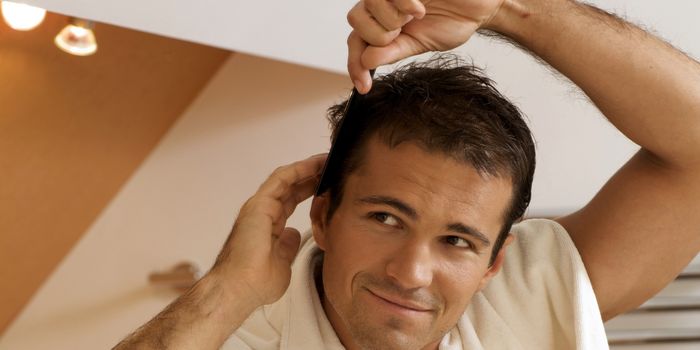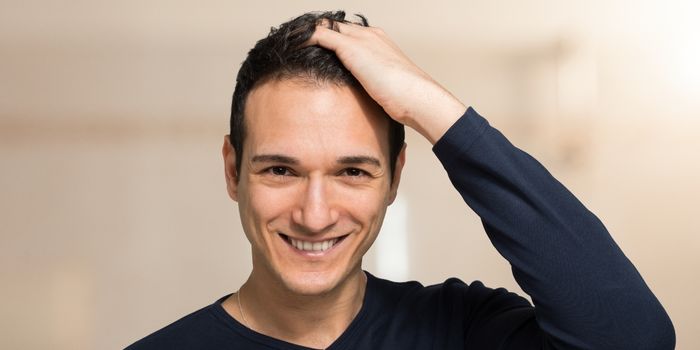
Embarking on the journey towards hair restoration often leads one to the concept of grafts, the fundamental building blocks of successful hair transplantation. Understanding the essence of grafts is paramount in comprehending the intricacies of the procedure and its potential outcomes. Grafts, in the realm of hair transplantation, refer to the clusters of hair follicles harvested from donor areas and meticulously transplanted into recipient sites. These tiny, yet mighty, units carry the genetic blueprint for hair growth and play a pivotal role in reshaping one’s hairline, density, and overall aesthetic.

Understanding grafts in hair transplant surgery
Grafts play a pivotal role in hair transplant surgery, serving as the building blocks for restoring natural hair growth in areas affected by hair loss. These grafts consist of tiny clusters of hair follicles, typically harvested from donor regions on the scalp that are resistant to balding, such as the back or sides of the head. Each graft contains one or more hair follicles, along with surrounding tissue, which ensures its viability and ability to thrive in its new location.
Graft types and applications in hair transplantation
In hair transplantation, several types of grafts are utilized, each with its unique characteristics and applications. The primary types of grafts include:
- Single-Hair Follicular Units (1-Hair Grafts): These grafts consist of a single hair follicle and are typically used in the frontal hairline and temple regions to create a soft, natural-looking transition from the forehead to the scalp. They help achieve a more gradual and aesthetically pleasing hairline.
- Micrografts and Minigrafts: Micrografts typically contain 1-2 hair follicles, while minigrafts contain 3-6 hair follicles. These grafts are used to address larger areas of hair loss and provide a more significant increase in hair density. Micrografts and minigrafts are often combined with follicular unit grafts to achieve a natural-looking result while maximizing coverage.
Graft count and its impact on hair transplant results
Graft count plays a crucial role in determining the success and overall aesthetic outcome of a hair transplant procedure. Essentially, graft count refers to the total number of hair follicles transplanted during the surgery. The higher the graft count, the greater the potential for achieving a fuller and more natural-looking result. However, the appropriate graft count varies depending on factors such as the extent of hair loss, the density of the donor area, and the desired hairline design. Surgeons meticulously assess these factors to determine the optimal graft count for each individual case. While a higher graft count can yield more extensive coverage and density, it’s essential to strike a balance to avoid overharvesting the donor area, which could compromise future transplant options or result in unnatural-looking hair distribution. Conversely, too low of a graft count may not adequately address the patient’s hair loss concerns. Therefore, achieving the right balance is key to ensuring satisfactory outcomes. By carefully considering graft count and its impact, surgeons can tailor hair transplant procedures to meet the unique needs and expectations of each patient.

What to consider when transplanting grafts
When transplanting grafts in a hair restoration procedure, several factors must be carefully considered to ensure optimal results. Firstly, the choice of graft harvesting method, whether it’s follicular unit transplantation (FUT) or follicular unit extraction (FUE), depends on various factors such as the patient’s hair type, scalp condition, and surgeon’s expertise. Secondly, the quality and viability of the grafts are paramount. Healthy grafts with intact follicles ensure successful transplantation and subsequent hair growth. Additionally, the density and distribution of the grafts play a crucial role in achieving natural-looking results. Surgeons meticulously plan the placement of grafts, considering factors like hairline design, hair direction, and overall aesthetic goals. You can contact Dr. Sezgin for a successful and satisfying hair restoration journey.
You may also like this: Complications After Hair Transplantation








